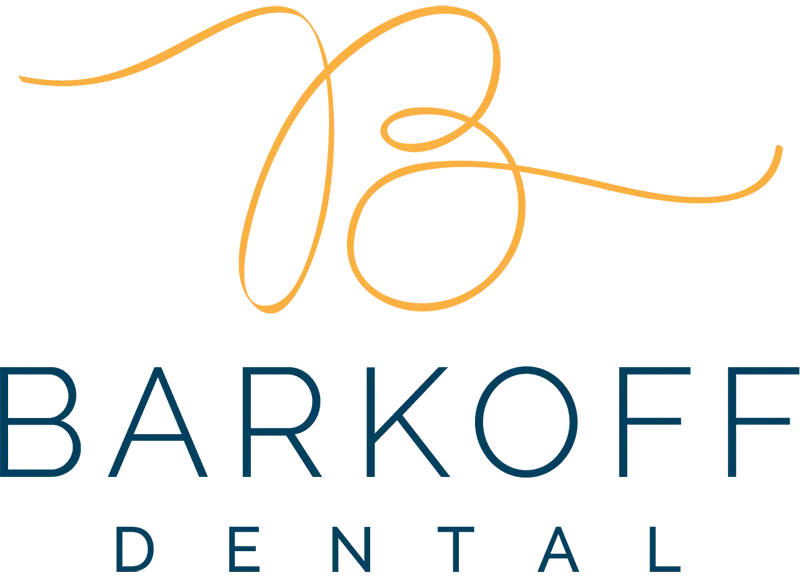Scaling and root planing is a deep cleaning of the teeth. It involves the removal of plaque and calculus from the teeth and roots, both above and below the gum line. If your dentist has recommended it for you, it is likely that you have some questions. Does the scaling and root planing procedure hurt? Is anesthesia required for the procedure? Learn the answers to these questions and more in this overview of the scaling and root planing process.
What is the Purpose of Scaling and Root Planing?
Scaling and root planing is designed to treat gum disease. Gum disease, known in dentistry as periodontal disease or periodontitis, is a bacterial infection of the gum tissue. It is caused by a buildup of plaque and calculus (hardened plaque, also called tartar) on the teeth. As gum disease progresses the gums pull away from the teeth, allowing plaque and calculus to form on the roots of the teeth. This causes a vicious cycle where the infection and symptoms worsen, eventually resulting in loose or lost teeth.
The purpose of scaling is to remove the source of the infection. The purpose of root planing is to prevent the infection from recurring.
The Scaling Procedure
Scaling is the process of removing plaque and calculus from the roots of the teeth. The gum tissue is pulled away from the teeth so that dental tools can access the roots. Plaque is more easily removed than calculus, which may require special tools to eliminate it entirely.
The Root Planing Procedure
After the plaque and calculus has been removed from the teeth and roots, it often leaves the root surface uneven. This is because the roots are not covered in enamel, and are therefore softer than the crown of the tooth. Root planing is the process of smoothing the surface of the roots so that the gum tissue can reattach more firmly and without spaces in between where plaque can gather.
Is Anesthesia Used for Scaling and Root Planing?
Although scaling and root planing are minimally invasive procedures, it is still usually more comfortable for the patient if local anesthesia is used. Local anesthetic numbs the nerves in the area that is being treated so that your teeth and roots can be thoroughly cleaned without causing you any discomfort.
Are Both Procedures Necessary?
Scaling and root planing are performed one after the other in the same dental visit because the combination of the two provides the best results. Scaling may remove the source of the infection, but without root planing it is highly likely to come back. The goal of these procedures is to treat and prevent gum disease.
Frequently Asked Questions About Scaling and Root Planing
How long does it take to heal after scaling and root planing?
The gum tissue may be tender for the first few days following scaling and root planing. Most patients experience completely healing within 5-7 days.
What can I eat after scaling and root planing?
It is best to eat a soft diet for the first few days to a week after your scaling and root planing procedure. Avoid hot, spicy, crunchy, or hard foods. Allow foods and beverages plenty of time to cool before consuming.
Do I Need to See a Periodontist For Scaling and Root Planing?
Scaling and root planing are periodontal procedures, but they can be performed by general dentists who have the necessary training and experience. The highly qualified doctors at Barkoff Dental provide scaling and root planing for the treatment and prevention of gum disease. We offer this service in our office for your convenience, to provide for your complete dental needs under one roof.
Call 516-921-1133 or contact us today to learn more and schedule an appointment.

